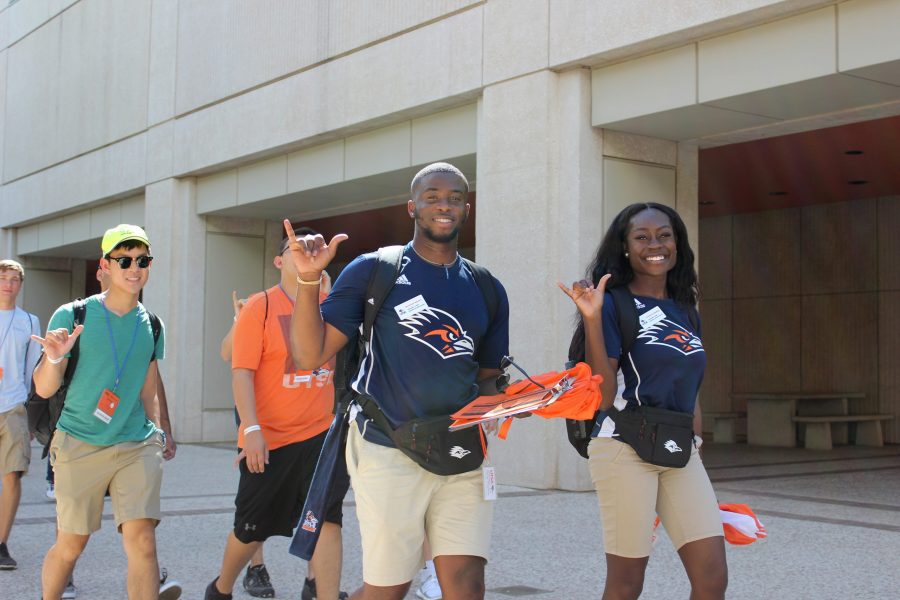A recent study shows that 52 percent of undergraduate students work through school. Using data from the U.S. Census Bureau 2015 American Community Survey, the study, conducted by ADOBO Housing, shows that working students–classified as those who work 27 weeks or more a year–make up 52 percent of the undergraduate student population.
Incoming UTSA freshman students biology major Sonia Dominguez falls within this group. Dominguez, who plans to work two jobs while attending UTSA, believes that most of her income would go to bills and transportation costs. But she isn’t concerned about her jobs impacting her studies.
“It all comes down to managing your time and schedule to make sure you have enough time for studying and school work,” she said.
Following the trend shown in the Adobo study, Dominguez is also willing to take out loans. “If [the money is] for your education, it’s worth it.”
Rising living costs cause working students, on average, to spend 41.6 percent of their yearly income on rent alone; Texas students are close to the national average with spending 39.3 percent of their yearly income.
Outside of rising rent costs, associated living costs like food, textbooks, transportation and bills take up the majority of the remaining income, leaving very little for outside spending.
This may explain, outside of the high costs of tuition and rent, why students are pushing college costs to the future in the form of loans, as discussed in the Adobo study.
The Adobo study found that most private and public school students work 31 to 40 hours a week. Students interviewed in the study said that being employed is disciplinary. Emily Smith, senior interior design major, however, disagrees.
“Having a job while in school has definitely affected my academic performance,” she said. “I do not have as much time outside of the classroom to complete assignments.”
Smith would be among the 27.6 percent of those that say school is more difficult while working, but still maintains their grades, and 83 percent that say their income outside of housing costs goes to food.
Most of Smith’s income goes towards bills and food, with the rest going to savings. Smith also relies on grants and scholarships to cover her tuition and housing costs.
Increasing tuition and housing rates are causing more students to finance their education through loans, which, as the study concludes, disproportionately affects lower-income students.
The Texas Institutes of Higher Education’s Enrollment Forecast projects that enrollment into Texas four-year universities and two-year public colleges will increase by 17,649 students this fall. Two-hundred-ninety students are expected to enroll this fall, with another 1,880 next fall.
The forecast also projects that by 2020, 103,863 students will enroll into Texas four-year universities and two-year public colleges.












